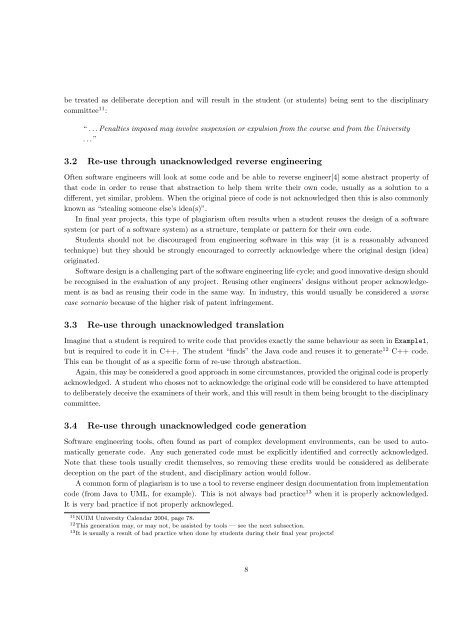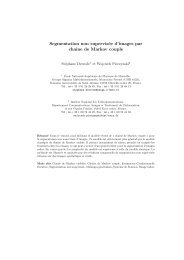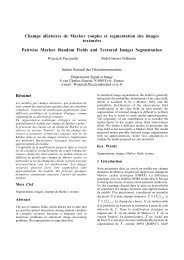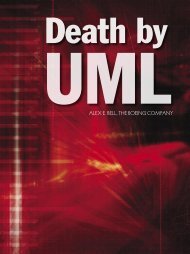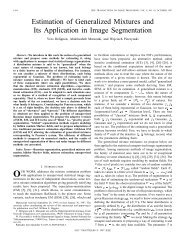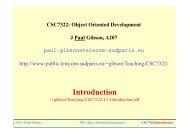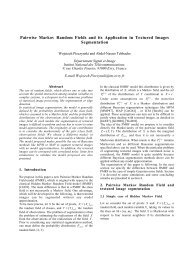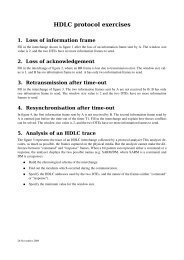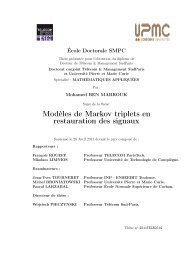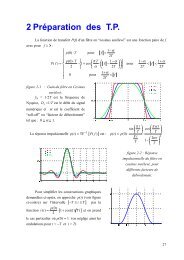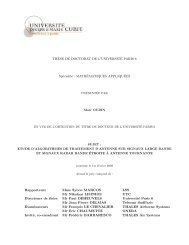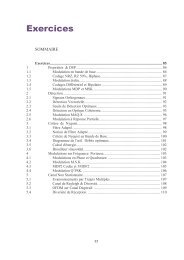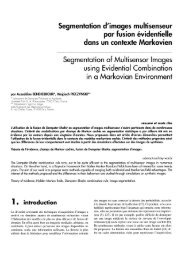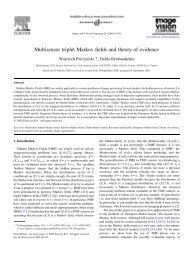Software Reuse In Final Year Projects: A Code of Practice Contents
Software Reuse In Final Year Projects: A Code of Practice Contents
Software Reuse In Final Year Projects: A Code of Practice Contents
You also want an ePaper? Increase the reach of your titles
YUMPU automatically turns print PDFs into web optimized ePapers that Google loves.
e treated as deliberate deception and will result in the student (or students) being sent to the disciplinarycommittee 11 :“ . . . Penalties imposed may involve suspension or expulsion from the course and from the University. . . ”3.2 Re-use through unacknowledged reverse engineeringOften s<strong>of</strong>tware engineers will look at some code and be able to reverse engineer[4] some abstract property <strong>of</strong>that code in order to reuse that abstraction to help them write their own code, usually as a solution to adifferent, yet similar, problem. When the original piece <strong>of</strong> code is not acknowledged then this is also commonlyknown as “stealing someone else’s idea(s)”.<strong>In</strong> final year projects, this type <strong>of</strong> plagiarism <strong>of</strong>ten results when a student reuses the design <strong>of</strong> a s<strong>of</strong>twaresystem (or part <strong>of</strong> a s<strong>of</strong>tware system) as a structure, template or pattern for their own code.Students should not be discouraged from engineering s<strong>of</strong>tware in this way (it is a reasonably advancedtechnique) but they should be strongly encouraged to correctly acknowledge where the original design (idea)originated.<strong>S<strong>of</strong>tware</strong> design is a challenging part <strong>of</strong> the s<strong>of</strong>tware engineering life cycle; and good innovative design shouldbe recognised in the evaluation <strong>of</strong> any project. Reusing other engineers’ designs without proper acknowledgementis as bad as reusing their code in the same way. <strong>In</strong> industry, this would usually be considered a worsecase scenario because <strong>of</strong> the higher risk <strong>of</strong> patent infringement.3.3 Re-use through unacknowledged translationImagine that a student is required to write code that provides exactly the same behaviour as seen in Example1,but is required to code it in C++. The student “finds” the Java code and reuses it to generate 12 C++ code.This can be thought <strong>of</strong> as a specific form <strong>of</strong> re-use through abstraction.Again, this may be considered a good approach in some circumstances, provided the original code is properlyacknowledged. A student who choses not to acknowledge the original code will be considered to have attemptedto deliberately deceive the examiners <strong>of</strong> their work, and this will result in them being brought to the disciplinarycommittee.3.4 Re-use through unacknowledged code generation<strong>S<strong>of</strong>tware</strong> engineering tools, <strong>of</strong>ten found as part <strong>of</strong> complex development environments, can be used to automaticallygenerate code. Any such generated code must be explicitly identified and correctly acknowledged.Note that these tools usually credit themselves, so removing these credits would be considered as deliberatedeception on the part <strong>of</strong> the student, and disciplinary action would follow.A common form <strong>of</strong> plagiarism is to use a tool to reverse engineer design documentation from implementationcode (from Java to UML, for example). This is not always bad practice 13 when it is properly acknowledged.It is very bad practice if not properly acknowleged.11 NUIM University Calendar 2004, page 78.12 This generation may, or may not, be assisted by tools — see the next subsection.13 It is usually a result <strong>of</strong> bad practice when done by students during their final year projects!8


